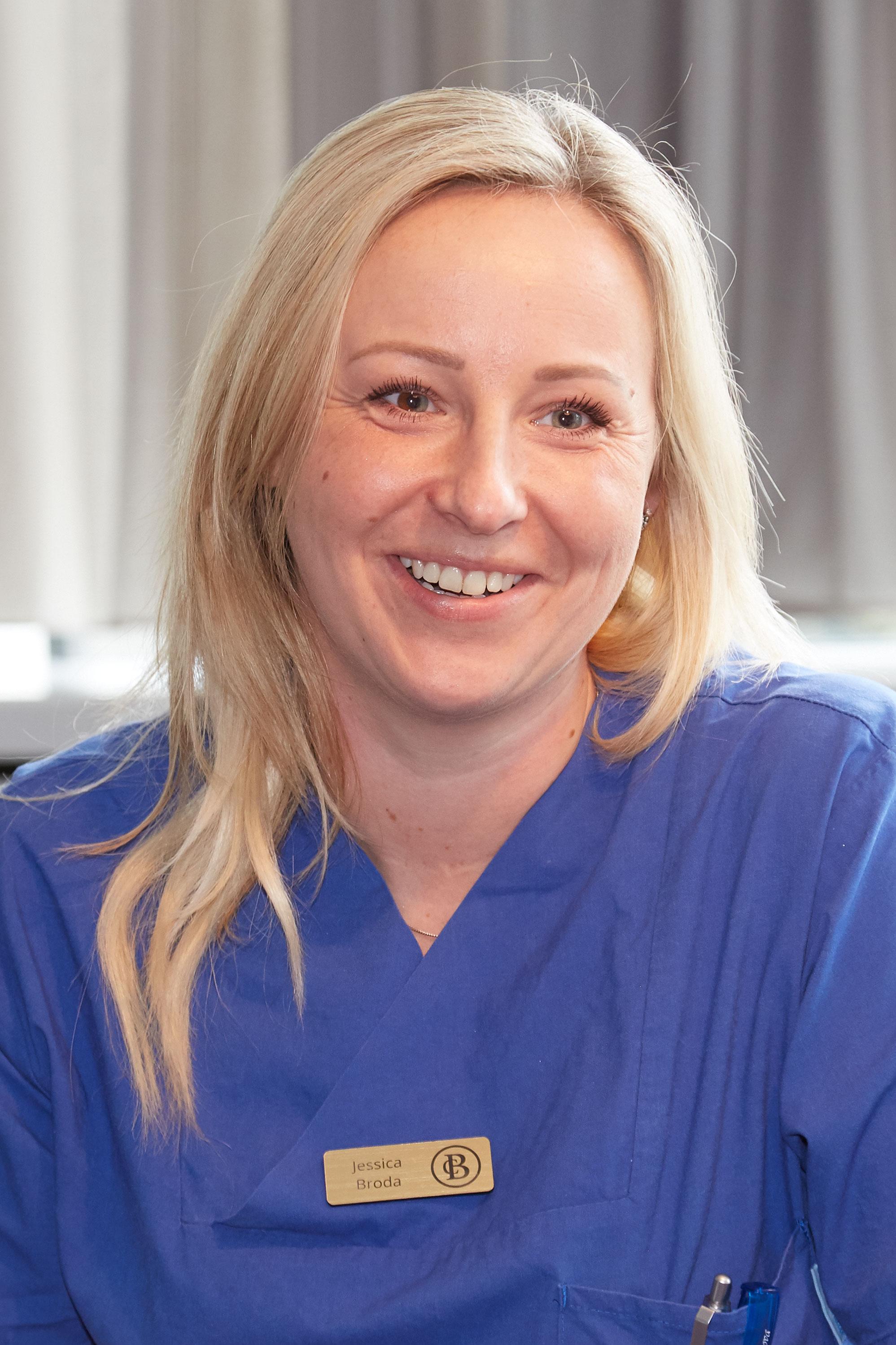
More time and family atmosphere for the patients
Jessica Broda is the head of nursing at the Düsseldorf Clinic Bel Etage.
The private clinic comprises twelve patient rooms and one suite, and up to 2,000 operations are performed annually – with the main focus on spinal surgery, orthopaedics and plastic surgery. When walking through the ward, the particularly homelike, elegant and sophisticated atmosphere is immediately noticeable. The Stiegelmeyer beds of the Seta type, which have been in full use here for several years, also look as good as new.
Ms. Broda, please describe your work at the Clinic Bel Etage.
I started here in 2017 as a nurse on the ward, in the meantime I have also worked as a surgical assistant and since 2019 I have been head of nursing. Currently I work with twelve nurses on the ward, and there are five and a half more positions in the operating room. We work in three shifts, with each nurse looking after up to four patients at a time. Working here is very appealing. We can take time for our patients and give them a familiar feeling. Nobody here is "the gall in room 13". Patients and nursing staff enjoy the colourful, spacious design of the ward. We enjoy fresh flowers on the table and the food from our restaurant.
The Clinic Bel Etage has a very good reputation and an international clientele – many patients come from overseas or from Arab countries. What does this mean for your work?
We have learned to work with cultural sensitivity here. You quickly notice how hectic things often get in everyday hospital routine. In the past, I often knocked on the patients' door and entered the room at the same time. Today I wait until I am called in when patients want to cover themselves first. We get involved with other cultures here and are happy to discover new things.
Do you often carry out nursing tasks at the beds?
It happens, but even after a disc surgery, our patients are often much faster mobile again than one might think. We operate here mostly minimally invasive. Nevertheless, the adjustment functions of the beds are of course used very often. Patients who want to relieve their backs like to lift the backrest and thigh rest. Rather rarely, however, we lift the safety sides. This is usually what patients want who feel unsafe at night because they sleep in a bigger bed at home.
What do you like about our Seta beds?
I find your beds very "easy-going". They are not as heavy and cluttered as many other models and are easy to operate, move and clean – even when we are dealing with blood in surgery. In principle, however, our beds do not get very dirty, we get on very well with manual reprocessing.
What technical developments do you wish for the future of hospital beds?
I would be happy about wireless handsets for operating the beds and a general reduction of cables. Often patients prefer to use the handset on the other side of the bed, and this would be faster and easier without cables. I know that there are many concerns about the possible disappearance of the handset, but ultimately I would prefer to secure it with a string if necessary rather than always using a cable. Another wish would be a lateral tilt of the mattress base not only for intensive care beds, but also for normal hospital beds.



